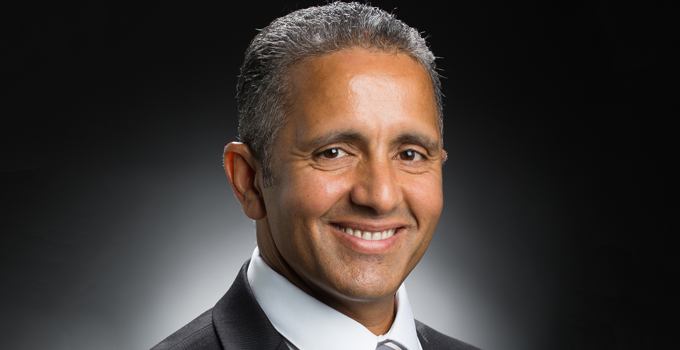After the Parker Solar Probe became the first spacecraft to fly through the Sun’s upper atmosphere (corona) in April 2021, there was no hiding the excitement at NASA. “For the first time in history, a spacecraft has touched the Sun,” proclaimed the agency. For the study lead and Parker Project Scientist Nour Raouafi and colleagues, this was “a dream come true.”
Having “touched” the Sun some 8 million miles from its surface, the Parker Solar Probe accomplished an objective NASA has had since 1958. The chief astrophysicist behind the probe, Raouafi, now has the distinction of leading a project that set records for the closest man-made object to a star and also the fastest spacecraft.
NASA highlights that “touching the very stuff the Sun is made of will help scientists uncover critical information about our closest star and its influence on the solar system.”
Raouafi’s work at top solar physics institutions preceded NASA role
Nour Raouafi has held other top posts in his field during and prior to his involvement in NASA’s solar probe mission, which was launched in 2018. He is currently a Senior Scientist at the Johns Hopkins University Applied Physics Lab, where he has worked since late 2008.
Before that, the astrophysicist worked at the US federally funded research and development center, National Solar Observatory, which followed his stint at the elite scientific institution of Germany, the Max Planck Institute (for Solar System Research).
And before his time in Germany, the globe- and astro-trotting Tunisian – American was working at the Observatory of Turin and the foremost astronomical institution in France, the Paris Observatory.
Stars and soccer: the work-life balance and cosmopolitan life of Raouafi
Raouafi was born in Tunisia, in the governorate of Kasserine. He went to university there, studying fundamental physics at Faculté des sciences de Tunis before starting an astrophysics master’s program in Toulouse, France.
He then quickly obtained his Ph.D. in the same field from the University of Paris XI, France at the end of 2000. This background helped launch his career in prestigious European institutions, leading to those posts in Italy, France, and Germany.
When he is not contributing to our knowledge of solar magnetic fields, solar wind, and cometary physics, Raouafi likes to enjoy soccer. In fact, he has been a USSF (United States Soccer Federation) certified referee since 2006.
Parker Solar Probe wins International Academy of Astronautics award
After all these years and his illustrious career on both sides of the Atlantic, Raouafi is now helping the NASA solar probe improve our understanding of the constant stream of particles flowing from the Sun, which will help protect satellites and technology from this solar wind.
According to NASA, “touching” the stuff that the Sun is made of will likely lead to big new discoveries, akin to the impact of the moon landings. Having passed so near to the Sun and done record-breaking distances and speeds, the Parker mission is already doing something never done before, helping scientists understand “the 60-year-old mystery of what heats and accelerates the solar wind.”
Understanding the solar wind, in turn, will be a major steppingstone in better understanding both our solar system and other systems in the universe.
These historic attainments have earned the Parker Solar Probe Mission the International Academy of Astronautics Laurels Team Award, which Raouafi accepted last summer, “during a ceremony ahead of the Committee on Space Research (COSPAR) 44th Scientific Assembly, held in Athens, Greece.”




